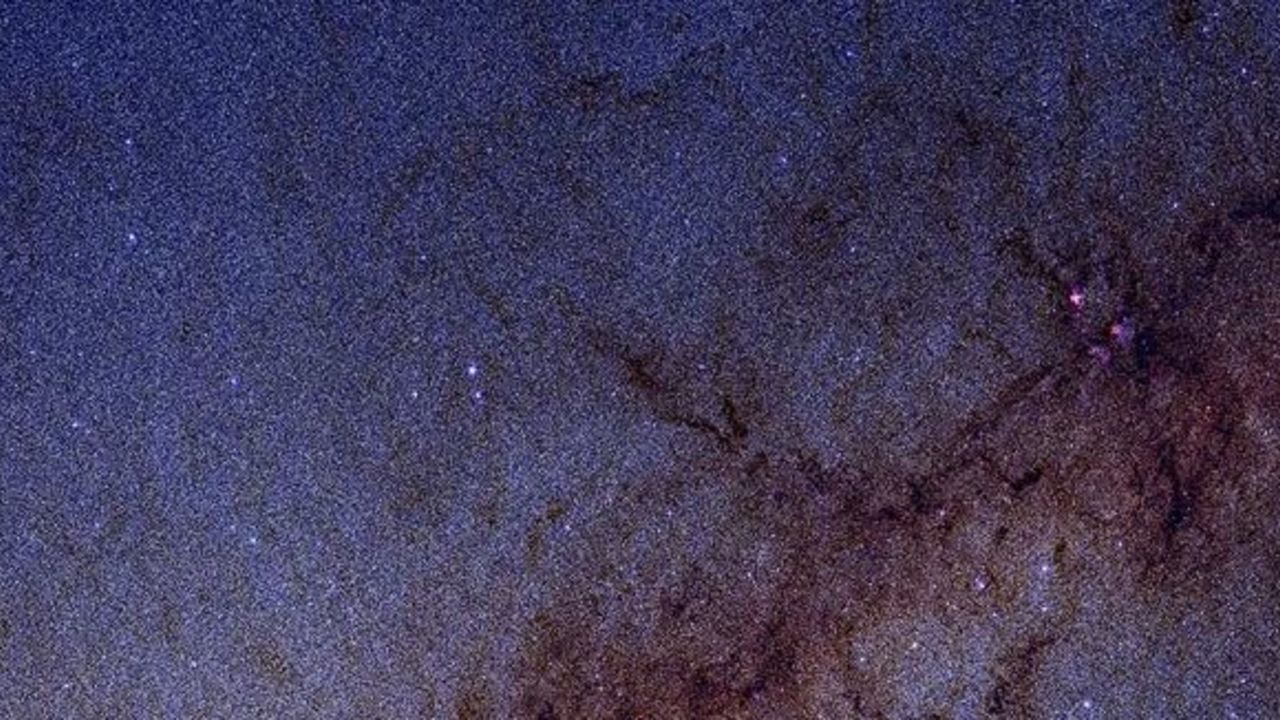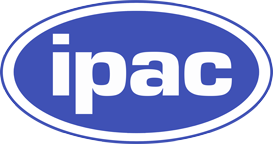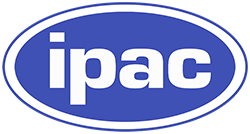
Astrovisualization Community of Practice
Overview: As part of NASA's Universe of Learning project, the Caltech/IPAC team is co-facilitating a community of practice for those engaged in science visualization activities. This forum enables community sharing of knowledge and experience via a series of annual Astrovisualization workshops, a Community Highlights e-blast, and a Google group for real-time discussions and information sharing.
As part of NASA's Universe of Learning project and with many community partners, we are building a vibrant and sustainable community of practice for researchers, students, artists, educators, outreach experts, and more interested in Astrovisualization.
We provide and manage a series of online platforms and activities that stimulate knowledge sharing, networking, and learning from each other. These include:
- Astroviz workshops - annually at the Jan AAS and other venues
- Community Highlights” - a monthly email newsletter
- Quarterly virtual Astroviz community meetups
- Google group for real-time discussions & community building
To join this AstroViz Community of Practice, please sign-up here.
Community Highlights
This email blast curates content from the world of Astroviz and features contributions from the community.
Astrovisualization workshops are typically held each year at the winter AAS meeting. The workshops bring together key players in astrovisualization to discuss and exchange information about the latest technologies and best practices that can enable a far-reaching and more impactful communication of science and astronomy to diverse audiences.
Recordings are available on the AstroViz YouTube channel. Each video has chapter indices in the descriptive text so you can review the talk titles and jump directly to the ones of interest.
The Caltech/IPAC Communications & Education team organized a workshop on Astrovisualization on June 11-13, 2018 in Pasadena. Please see the AstroViz Workshop 2018 website.
Virtual community meetups
We hold quarterly an hour-long virtual community meetups. These bring together the community to discuss topics of common interest. The meetups include a moderated panel discussion of experts on a specific topic and several lightning talks by members of the community of practice. The meetups are recorded and posted on Youtube.
- "Astrophysical Artistry" - Jun 26, 2024
- “Visual Storytelling” - Dec 7, 2023
- “Aesthetics vs accuracy” - Sep 27, 2023
To join this AstroViz Community of Practice, please sign-up here.
This material is based upon work supported by NASA under cooperative agreement award number NNX16AC65A. Any opinions, findings, and conclusions or recommendations expressed in this material are those of the author(s) and do not necessarily reflect the views of the National Aeronautics and Space Administration.


